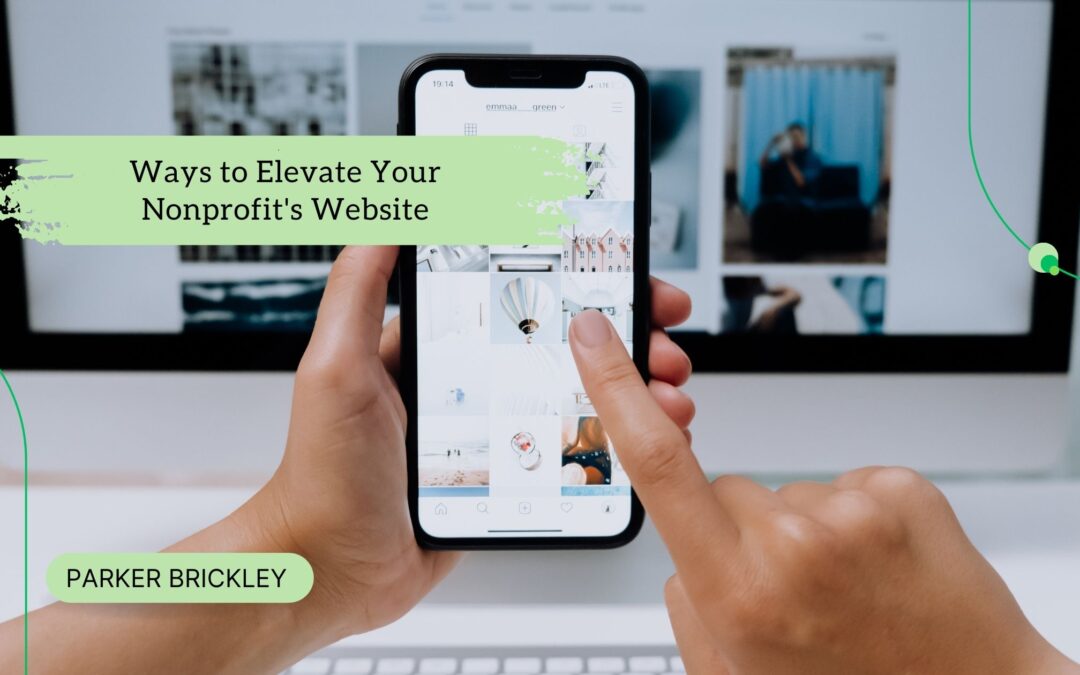In the digital age, a website serves as the face of an organization, often making the first impression on potential donors, volunteers, and beneficiaries. For nonprofit organizations, an impactful online presence is no longer a luxury but a necessity. It can amplify their cause, inspire action, and foster trust. Thus, elevating a nonprofit’s website becomes paramount to staying in and leading the race.
The significance of a nonprofit’s website traces back to the early days of the Internet. As people migrated online, they began seeking authenticity, clarity, and engagement in every digital interaction. For nonprofits, their websites became platforms for storytelling, showcasing impact, and galvanizing support. Fast forward to today, and the situation has intensified. Amidst a plethora of online content, nonprofits face the challenge of standing out and captivating their audience’s attention. A well-crafted website isn’t just about aesthetics; it’s a confluence of meaningful content, functionality, accessibility, and emotional resonance. Hence, there is a need for strategies that cater to the modern user, emphasizing usability and value.
Prioritizing User Experience (UX)
The user experience is the backbone of any successful website. A nonprofit’s site must be intuitive, responsive, and cater to the needs of its audience. This starts with a clean, uncluttered design, facilitating easy navigation. Mobile optimization is crucial, considering the vast number of smartphone users accessing sites. Slow loading times can deter potential supporters, so ensure your site is optimized for speed.
Furthermore, websites must be accessible to all, including those with disabilities. Utilizing tools that allow text resizing, voice commands, and alternative text for images ensures inclusivity. Lastly, a clear call to action (CTA) is pivotal. Whether it’s a request for donations, volunteer sign-ups, or newsletter subscriptions, CTAs should be visible and compelling.
Content Is King
While design and functionality are crucial, content remains at the heart of a website’s effectiveness. A nonprofit should focus on crafting stories that resonate. These narratives highlight the organization’s impact and establish an emotional connection with the audience. Use compelling visuals – images, infographics, and videos can be powerful tools in conveying a message. However, ensure the content is updated regularly. A blog or news section can be instrumental in keeping the audience informed about recent developments, events, or success stories. Moreover, incorporating testimonials or case studies can enhance credibility, as real-life examples foster trust and showcase tangible results.
Engage Through Interactivity
Interactivity can elevate a website from static information dissemination to a dynamic, two-way engagement platform. Incorporate features like interactive maps that show the reach and impact of your nonprofit globally. Quizzes or surveys can educate visitors about your cause while gathering valuable feedback. Chatbots can address queries in real-time, enhancing user satisfaction. Integrating social media feeds can keep the content fresh and connect the website to other digital platforms. A forum or community section allows supporters to discuss, share, and collaborate, fostering a sense of belonging and community. All these interactive tools engage and create a lasting impression, driving users to return and engage more deeply.
Elevating a nonprofit’s website goes beyond mere cosmetic enhancements. It’s about creating a holistic digital platform that resonates with, informs, and engages the audience. By prioritizing user experience, crafting compelling content, and weaving in interactive elements, nonprofits can ensure their websites are not just passive repositories of information but active catalysts for change. In a digital-first world, the effectiveness of an organization’s online presence can make or break its outreach. Nonprofits must recognize their websites’ potential, constantly adapting and innovating to remain relevant and impactful. Any nonprofit can transform its website into a beacon of inspiration and action with thoughtful strategies.

